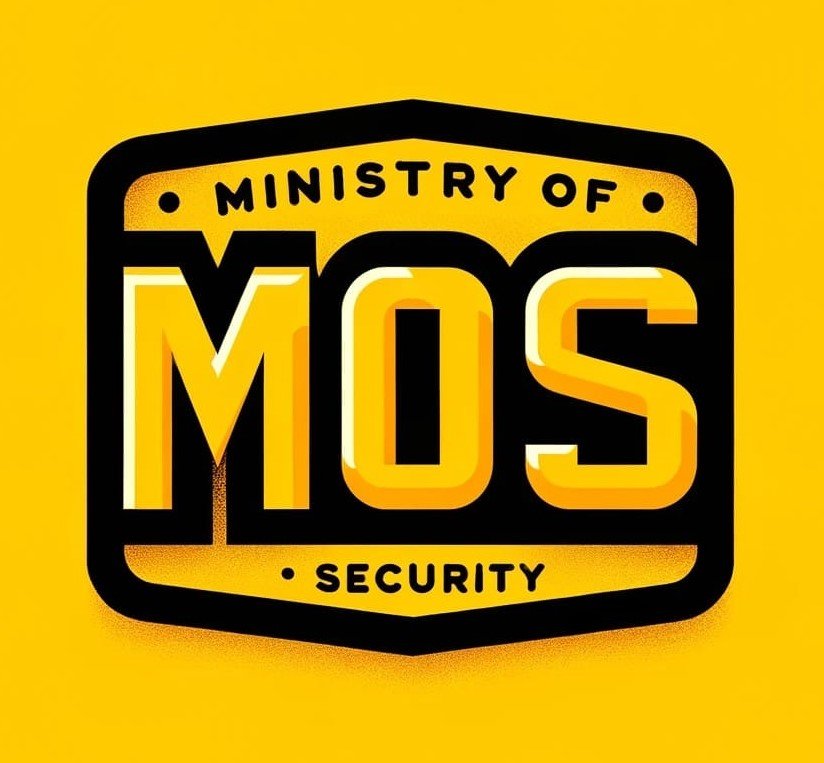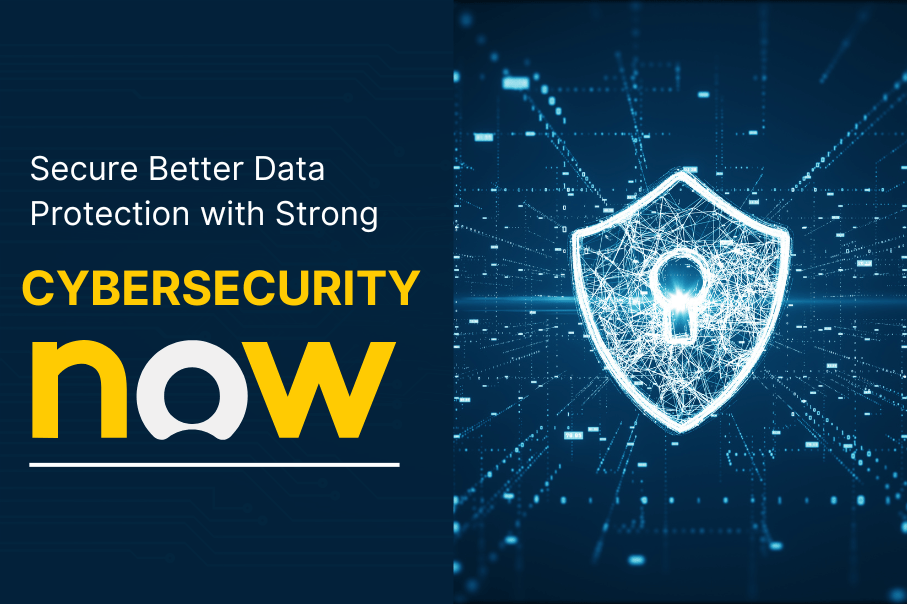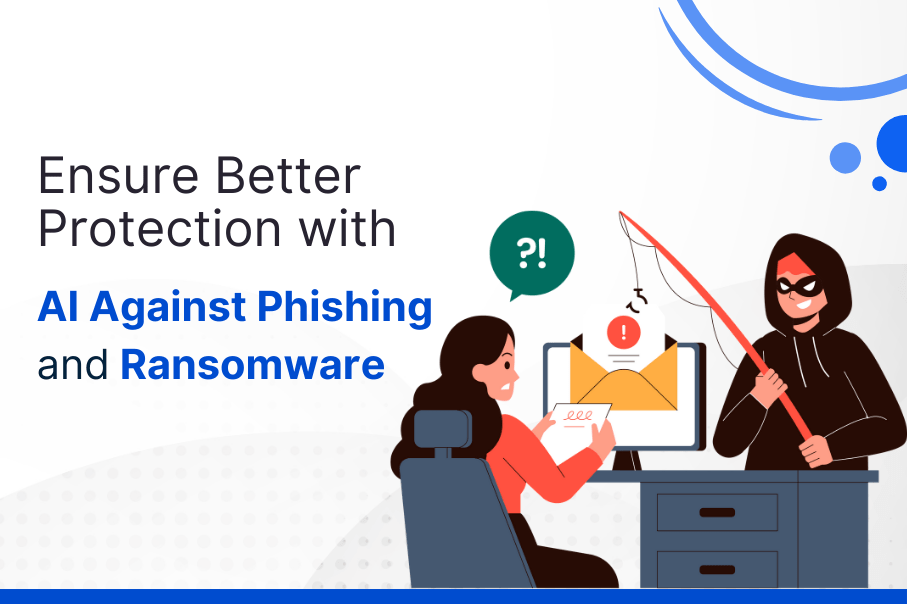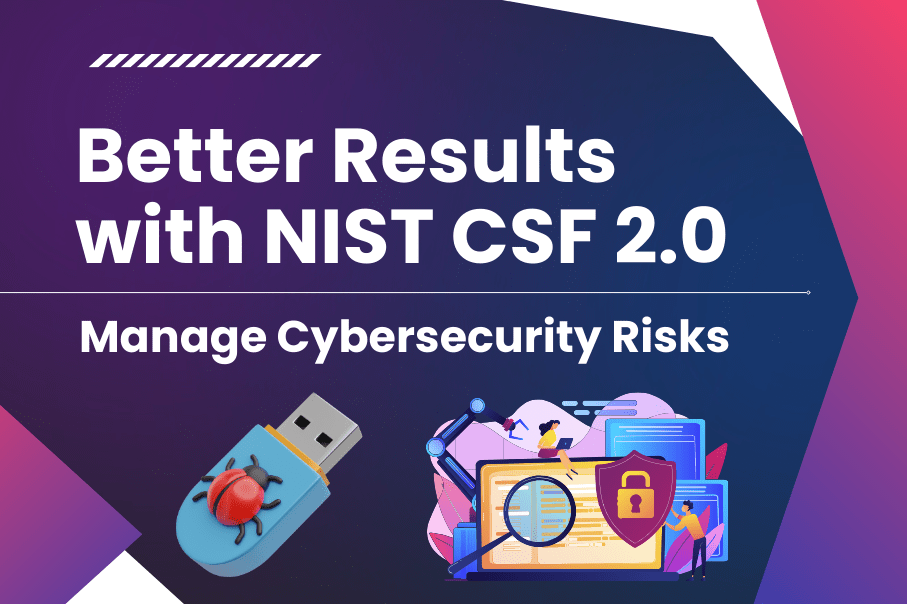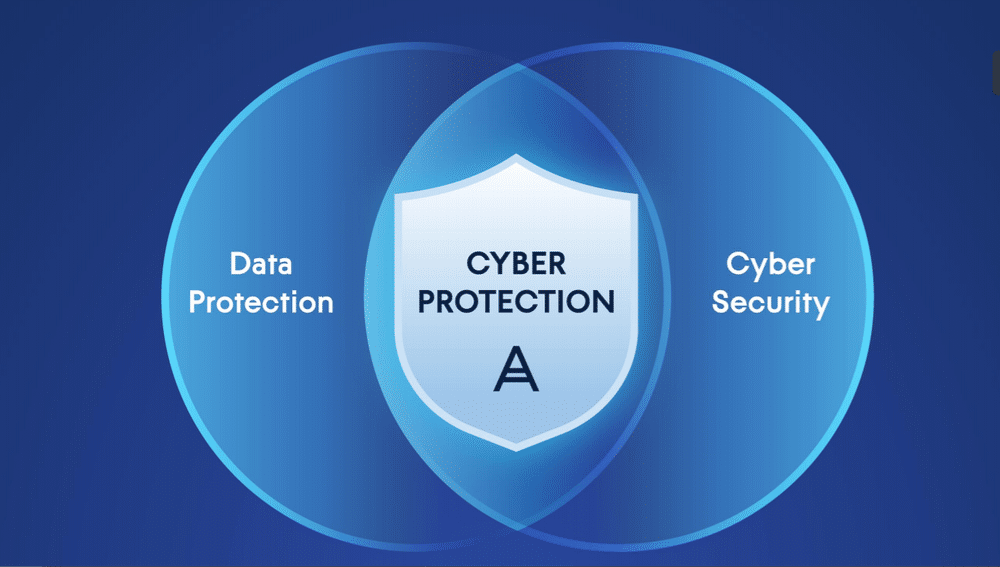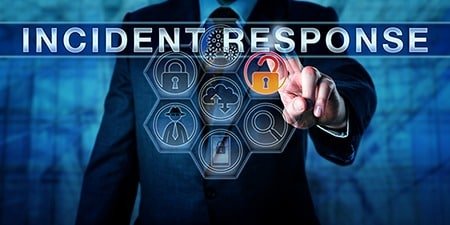Introduction
In today’s digital era, cybersecurity threats are lurking around every corner, ready to disrupt operations, compromise sensitive data, and damage reputations. Effective cybersecurity risk management is not just an option but a necessity. If you’re looking to enhance your skills in cybersecurity, consider enrolling in a cyber security course in Chennai, such as the one offered by the Ministry of Security University. Enter the National Institute of Standards and Technology (NIST) Cybersecurity Framework (CSF), a robust and adaptable tool designed to help organizations understand, assess, and mitigate cybersecurity risks.
Overview of NIST CSF 2.0
Released in February 2024, NIST CSF 2.0 builds on the success of its predecessors with updates to address the evolving cybersecurity landscape. The framework is versatile, catering to organizations of all sizes and industries.
The CSF 2.0 is organized around five core Functions: Identify, Protect, Detect, Respond, and Recover. These Functions break down further into Categories and Subcategories, offering a hierarchical structure of cybersecurity outcomes. Rather than prescribing specific solutions, the framework provides high-level guidelines and best practices to tailor to each organization’s needs.
The GOVERN Function
A key update in CSF 2.0 is the introduction of the GOVERN Function, emphasizing the importance of governance in managing cybersecurity risks. This Function covers several essential aspects:
- Organizational Context: Understand your organization’s mission, stakeholder expectations, legal and regulatory requirements, and dependencies.
- Risk Management Strategy: Establish clear risk management objectives, risk appetite, and communication lines to align cybersecurity efforts with business goals.
- Roles, Responsibilities, and Authorities: Define and communicate roles and responsibilities to foster accountability and continuous improvement.
- Policy: Develop, communicate, and enforce cybersecurity policies based on your risk strategy.
- Oversight: Regularly review and adjust the cybersecurity strategy to ensure effectiveness and alignment with organizational requirements.
- Cybersecurity Supply Chain Risk Management: Manage cybersecurity risks in the supply chain, recognizing its critical importance in today’s interconnected business environment.
The IDENTIFY Function
The IDENTIFY Function focuses on understanding your organization’s assets, risks, and vulnerabilities:
- Asset Management: Maintain updated inventories of hardware, software, systems, data, and services, prioritizing based on criticality.
- Risk Assessment: Identify and record vulnerabilities, threats, potential impacts, and inherent risks to prioritize response and mitigation efforts.
- Improvement: Continuously identify opportunities for improvement across all CSF Functions based on evaluations, security tests, and incident response plans.
The PROTECT Function
The PROTECT Function is about implementing safeguards to manage cybersecurity risks:
- Identity Management, Authentication, and Access Control: Limit access to authorized users and manage permissions based on least privilege and separation of duties principles.
- Awareness and Training: Ensure personnel are trained and aware of cybersecurity risks relevant to their roles.
- Data Security: Protect data confidentiality, integrity, and availability, including secure backups.
- Platform Security: Manage the security of hardware, software, and services across physical and virtual platforms.
- Technology Infrastructure Resilience: Protect networks and technology assets from unauthorized access and environmental threats, ensuring resilience in adverse situations.
The DETECT Function
The DETECT Function is about identifying and analyzing potential cybersecurity attacks:
- Continuous Monitoring: Monitor networks, systems, and personnel activities to detect potential adverse events.
- Adverse Event Analysis: Analyze anomalies and indicators of compromise to characterize and detect incidents, leveraging threat intelligence and contextual information.
The RESPOND Function
The RECOVER Function focuses on restoring assets and operations affected by incidents:
- Incident Recovery Plan Execution: Execute recovery plans, verify backups, and confirm a return to normal operations.
- Incident Recovery Communication: Coordinate recovery activities and share public updates on recovery progress.
Why Should Organizations Follow NIST CSF 2.0?
Organizations should adopt NIST CSF 2.0 for several compelling reasons:
- Comprehensive and Flexible: Covers all aspects of cybersecurity risk management, allowing for customization.
- Alignment with Industry Best Practices: Adheres to widely accepted principles and guidelines.
- Facilitates Communication and Collaboration: Establishes a common language for internal and external stakeholders.
- Supports Risk-Based Decision-Making: Prioritizes efforts based on specific risk profiles.
- Enables Continuous Improvement: Provides a structured approach to identifying gaps and implementing corrective actions.
For professionals looking to understand these concepts from the ground up, enrolling in cyber security training for beginners can be an ideal starting point.
End-to-End Implementation and Compliance Steps
- Establish Governance and Leadership Buy-In: Secure executive support and communicate the framework’s benefits.
- Conduct Risk Assessments and Asset Inventory: Understand your organization’s assets and conduct thorough risk assessments.
- Develop Current and Target Profiles: Create profiles to reflect current and desired cybersecurity postures.
- Identify Gaps and Prioritize Actions: Analyze gaps and develop a prioritized action plan.
- Implement Security Controls and Safeguards: Deploy controls, update processes, and provide training.
- Continuously Monitor and Detect Threats: Establish robust monitoring processes.
- Establish Incident Response and Recovery Plans: Outline clear roles, procedures, and communication protocols.
- Integrate with Other Risk Management Programs: Ensure a holistic approach to risk management.
Periodic Activities for Continuous Improvement
- Review and Update Risk Assessments: Periodically reassess risks to stay current.
- Reassess Current and Target Profiles: Update profiles as your cybersecurity posture evolves.
- Evaluate the Effectiveness of Security Controls: Regularly test controls through various methods.
- Conduct Security Testing and Exercises: Validate preparedness with exercises and simulations.
- Incorporate Lessons Learned and Best Practices: Continuously improve based on experience and best practices.
- Adapt to Changes in Threats, Technologies, and Business Requirements: Regularly review and update strategies.
Benefits of Complying with NIST CSF 2.0
- Improved Cybersecurity Posture: Establish a robust risk management program.
- Enhanced Resilience and Business Continuity: Develop strong incident response and recovery capabilities.
- Better Alignment with Compliance Requirements: Demonstrate adherence to relevant regulations.
- Increased Stakeholder Confidence and Trust: Enhance confidence and trust among stakeholders.
Using NIST CSF 2.0
The CSF 2.0 introduces the concept of Organizational Profiles, which enable organizations to describe their current and desired cybersecurity postures in terms of the CSF Core’s outcomes. By developing Current and Target Profiles, organizations can assess gaps, prioritize actions, and communicate their cybersecurity objectives and progress to stakeholders.
The framework also provides a set of four Tiers (Partial, Risk Informed, Repeatable, and Adaptive) that characterize the rigor of an organization’s cybersecurity risk governance and management practices. These Tiers help organizations communicate their approach to managing cybersecurity risks and set expectations for continuous improvement.
Supplementary Resources
NIST provides several supplementary resources to help organizations implement CSF 2.0:
- Informative References: The NIST CSF 2.0 website provides references that map the CSF Core outcomes to existing global standards, guidelines, regulations, and other relevant resources.
- Implementation Examples: The website offers practical examples of potential ways to achieve the CSF Core outcomes.
- Quick Start Guides: NIST has developed guides offering actionable advice on specific CSF-related topics, such as transitioning from previous versions and integrating with other risk management programs.
Conclusion
The NIST Cybersecurity Framework (CSF) 2.0 offers a comprehensive approach to managing cybersecurity risks. By adopting this framework, organizations can improve their cybersecurity posture, enhance resilience, align with compliance requirements, and gain stakeholder trust.
For those looking to gain expertise in this area, understanding the cyber security course fees in Chennai can be essential in planning your training and career growth
The CSF 2.0’s structured approach provides a common language for understanding and addressing risks, helping organizations navigate the complex cybersecurity landscape effectively.
Ready to boost your cybersecurity resilience?
Start implementing NIST CSF 2.0 today and secure your organization’s digital future!
